The wonderful world of our smallest insects, reptiles, amphibians and small mammals.
- Dany & Guy

- Jul 28, 2024
- 4 min read
Palmeira Da Cruz Ecolodge is very rural and regularly visited by a diverse insect world and small mammals.
This article lists common insects, reptiles, amphibians and small mammals.
Welcome to the small animal world of Palmeira Da Cruz Ecolodge.

Palmeira Da Cruz Ecolodge is very rural and is regularly visited by a diverse insect world and small mammals.
It is nice to hear that no snakes are found at our accommodation on Santo Antão. Nor has the scorpion made an appearance here yet.
The "Centepede", on the other hand, has and looks like a centipede. The 100-legged centipede has a body size between 3 cm and 30 cm. For this, you have to be careful. This species of centipede won't attack you but in an unexpected move, it can still spray venom into your body when it feels threatened and that can make you quite sick. These creatures are not liked and you will find that a Cape Verdean will quickly destroy the Centepede.
Fortunately, the Centepede is only one of the few insects that can be dangerous. @1
The "Millipede" is a ringworm-like critter that can be found in large numbers on fertile lands. They eat our greens or the just-grown salad may well fall victim to their passage. They penetrate vegetables and you can tell by the tiny holes that e.g. in the courgette. Unfortunately, this vegetable can no longer be consumed. Millipede grow to about 5 cm and are not dangerous. @2
It is beautiful to watch the bees searching for pollen. Like all over the world, these are useful insects for pollinating the flower kingdom. @3
The horde of ants can be found everywhere and they are fans e.g. on a cadaver and quickly clean up the remains.They also find leftover biscuits or sweets fantastically tasty. @4
The spiders vary in size. We have house spiders, the flat dark variety and also jumping spiders. Of course, there are several spiders. They may look a bit creepy but they are not dangerous. @5
You will find the graceful praying mantis in different sizes in brown and bright green. It is a beautiful insect that loves to be photographed. It is a useful insect that catches small flies and mosquitoes. The praying mantis is related to the cockroach and is not dangerous. @6
Besides the bind grasshopper, we have the large cockroach, the Barata or American cockroach, which looks hard like a large brown beetle. It flies around and hides in dark places. It is a tough beast and can survive a long time without food. The cockroach is not dangerous. @7
The cricket is an insect that can make quite a sound. In warm weather, crickets make a chirping sound caused by brushing its wings over each other. The cricket is not dangerous. @8
The ant lion is a type of dragonfly that is common. They are about a 5 cm in size and inconspicuous. The larvae of the ant lion make pitfalls that predominantly victimise ants. The traps look like pits in the sand caused by a walking stick. @9
The grasshopper can be spotted especially after the rainy season among various grasses and young plants. The large graceful fliers resemble a damselfly. They eat everything they come across. There is no real infestation. The grasshopper is not dangerous. @10
The caterpillar is an insect that eats its belly full after the rainy season and won't leave our plants alone. Still, there are beautifully coloured caterpillars like the parrot caterpillar. The caterpillar can cause a reaction of itching or sensitivity when touched, though. Seasonally, butterflies come into play. There are beauties that can have different colours and sizes. @11. @12
After the rainy season (August September) the mosquitoes come. There is no malaria on Santo Antão. There are long periods during the year when there are no mosquitoes present. If you would like more certainty about the mosquito in general: please enquire at the Tropical Institute (Antwerp) or other institutions authorised to provide information.
In Cape Verde, they make residents aware that no water should remain stagnant. Because of this, you will find many fish in the water tank and ponds namely guppies that eat the mosquito larvae. @13 @14
We also get visits from reptiles like the gecko. It is a beautiful animal that can be found in nature and also in the living room. It feeds on small insects and it is not dangerous. The gecko measures between 3 and 15 cm. It is timid and quickly hides when suddenly moved. @15
One of the amphibians is our toad, which starts its concert at dusk to its heart's content and doesn't know how to stop. They live among the plants and in the pond. The toad is also a useful animal that eats mosquito larvae, midges and other insects. @16
The small mammal, the field mouse, lives in the field, among the stones. They are very happy to be spotted and caught by the local falcons and other birds of prey. Jules our cat, Simba and Boo, our dogs, also occasionally come home with a small mouse. The possibility of field mice entering the living room cannot be ruled out either. Whenever there is something to eat or fluffy material to make a nest, they will definitely visit. @17
& Most of the photos were taken at the site. Some images are from the internet.







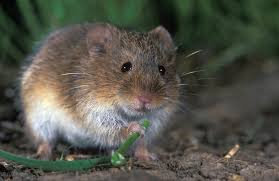



















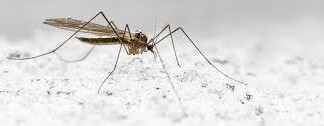
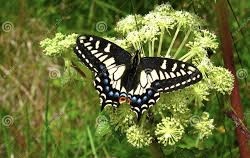
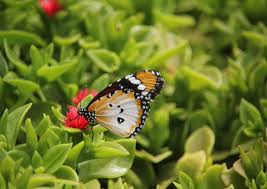






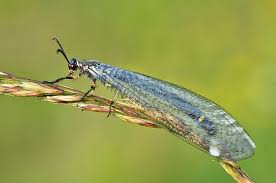
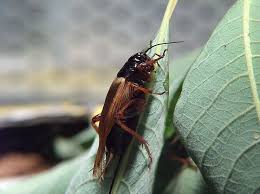
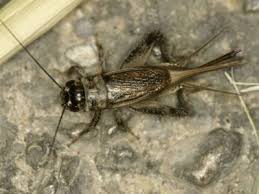
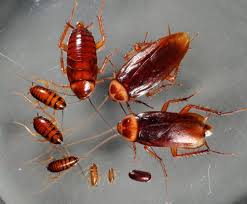







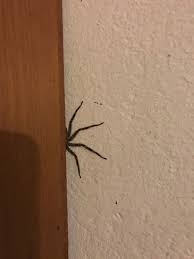








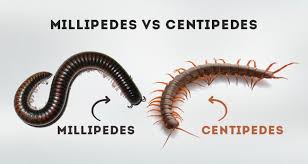
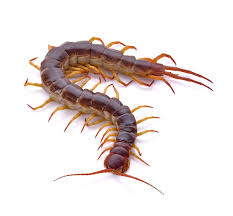



Comments